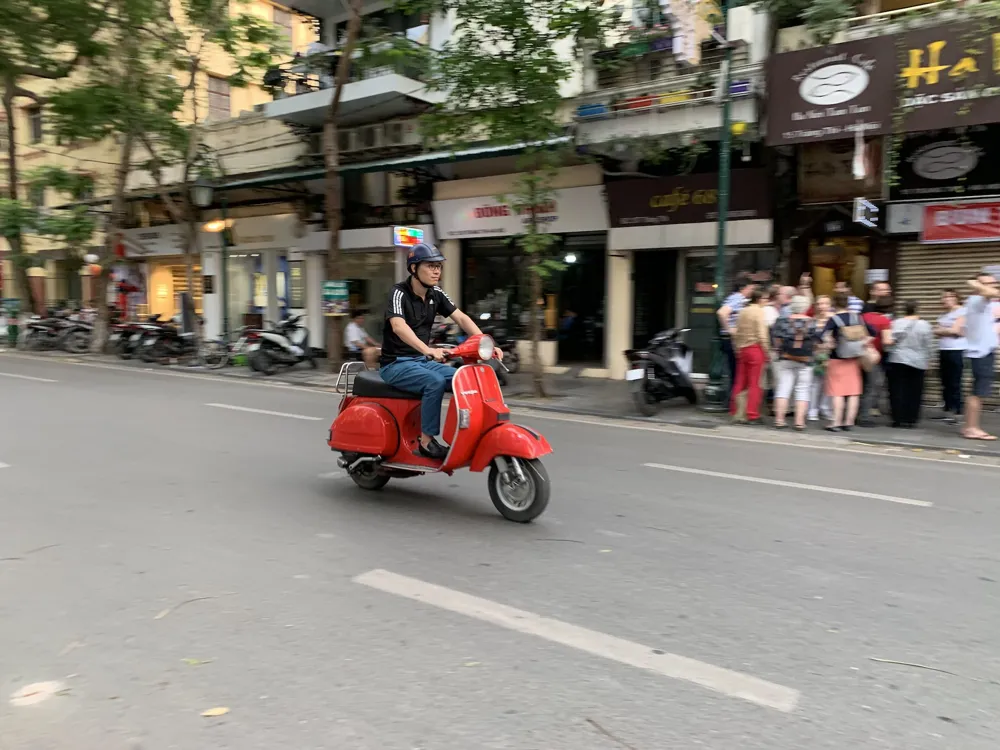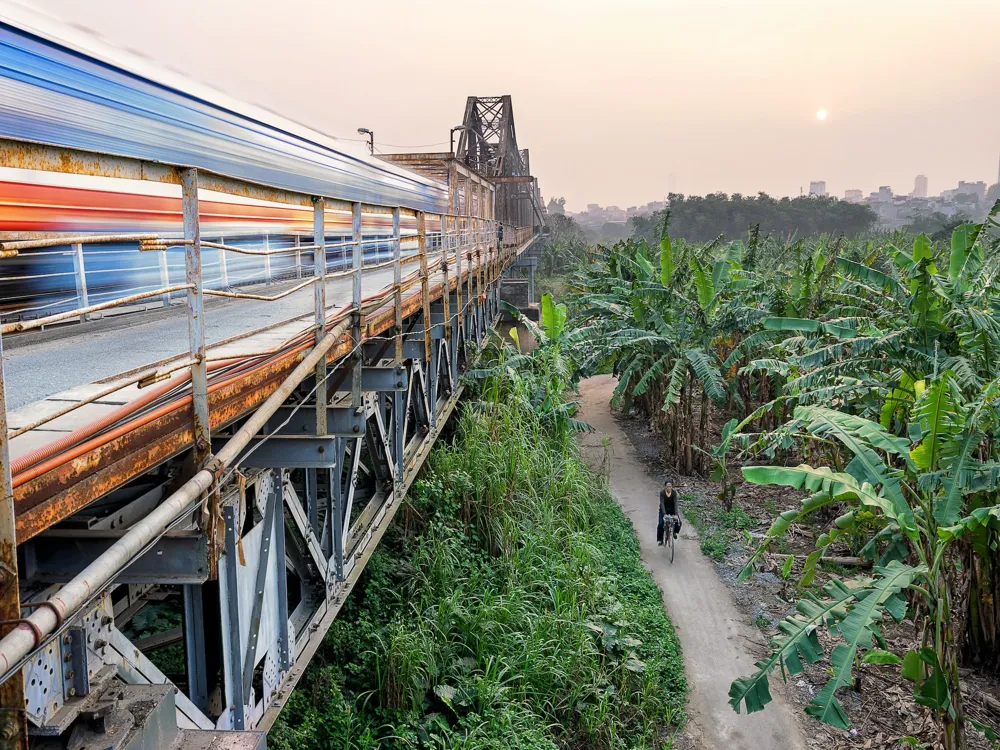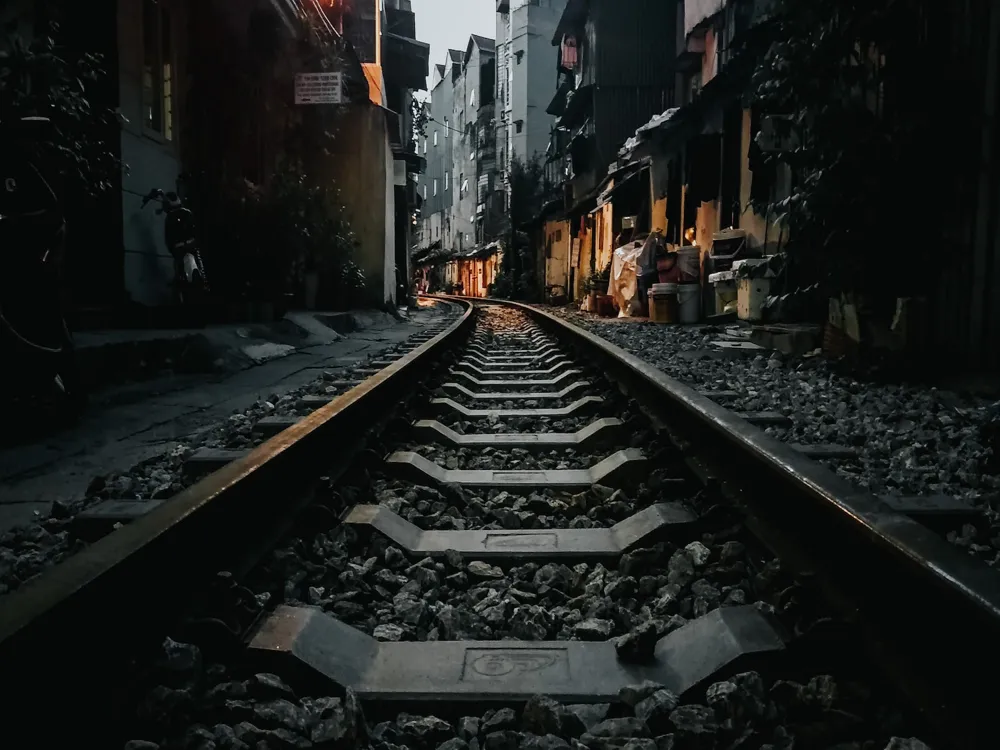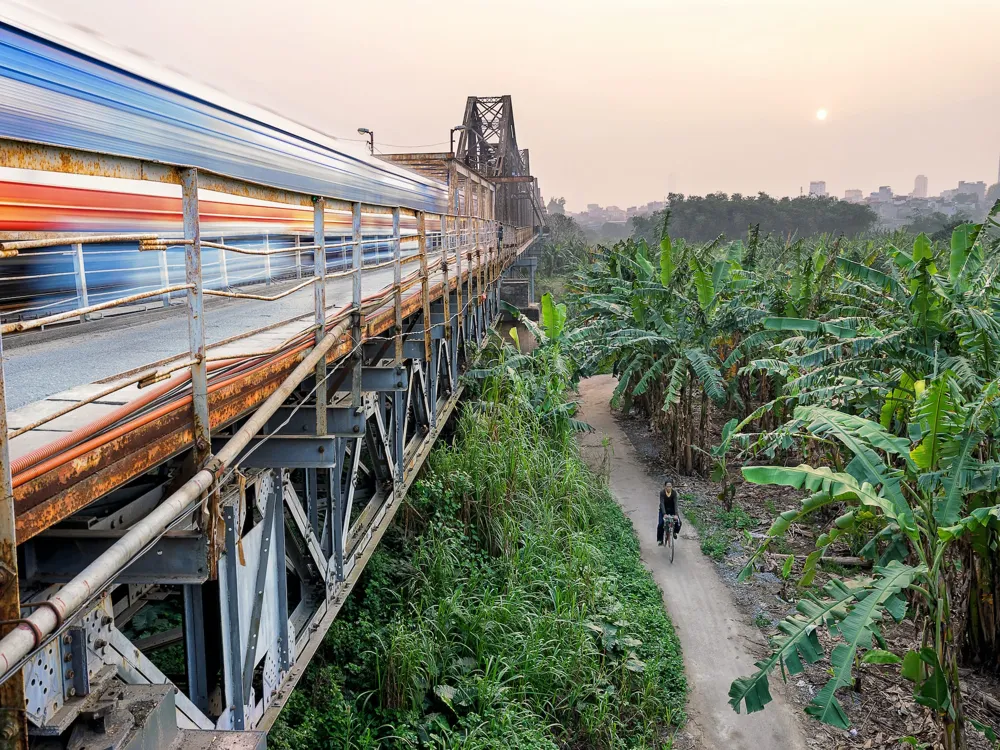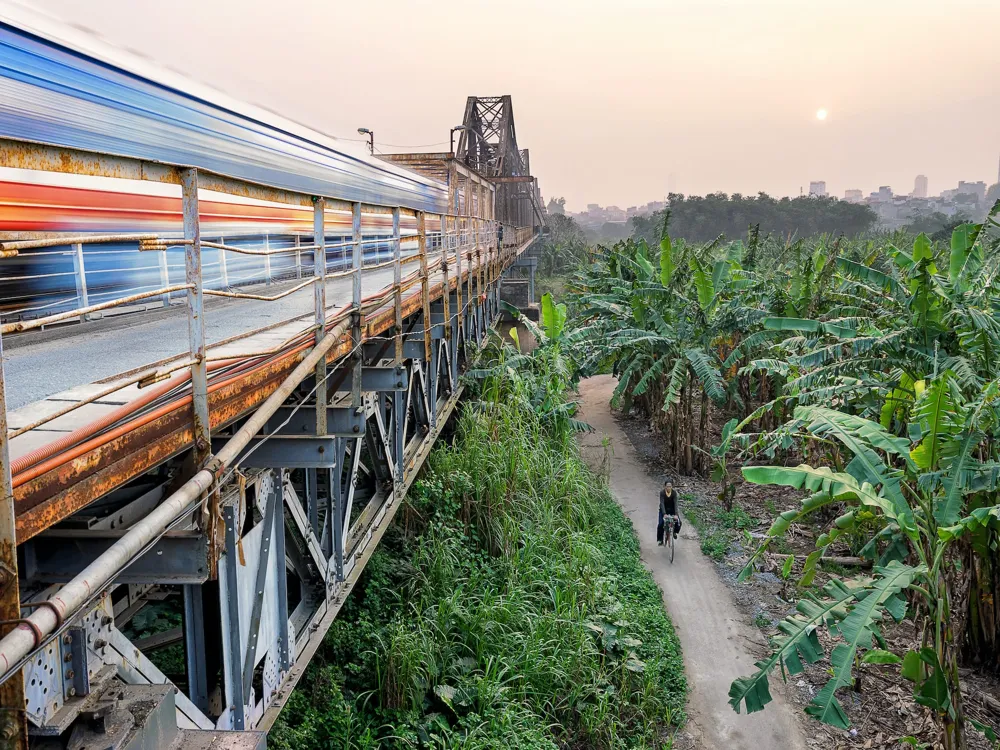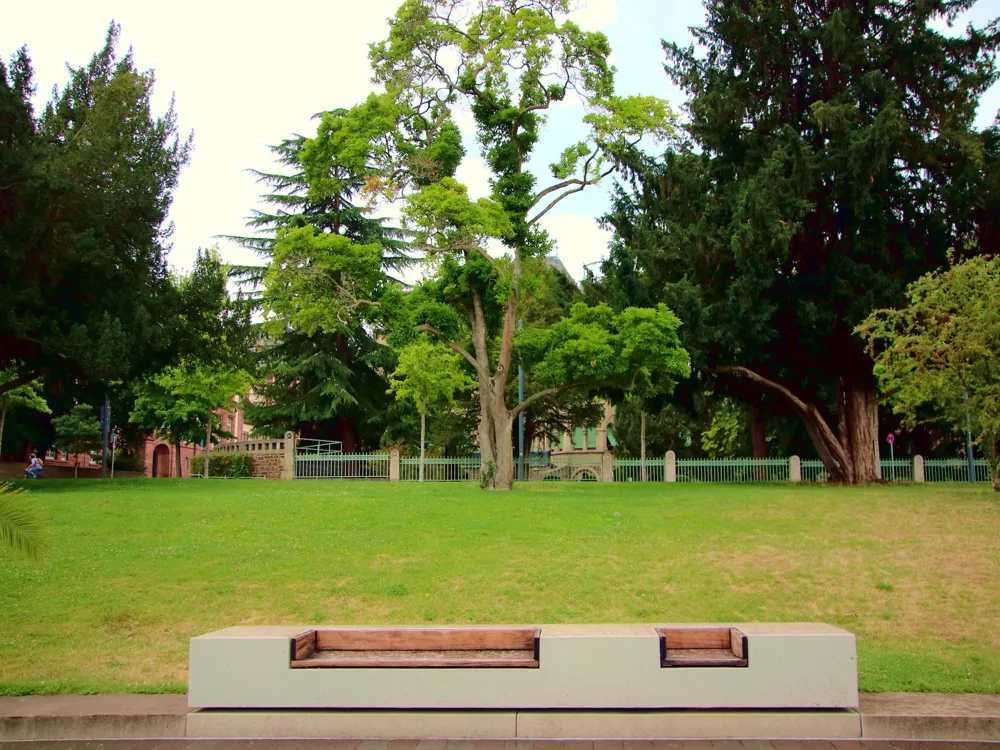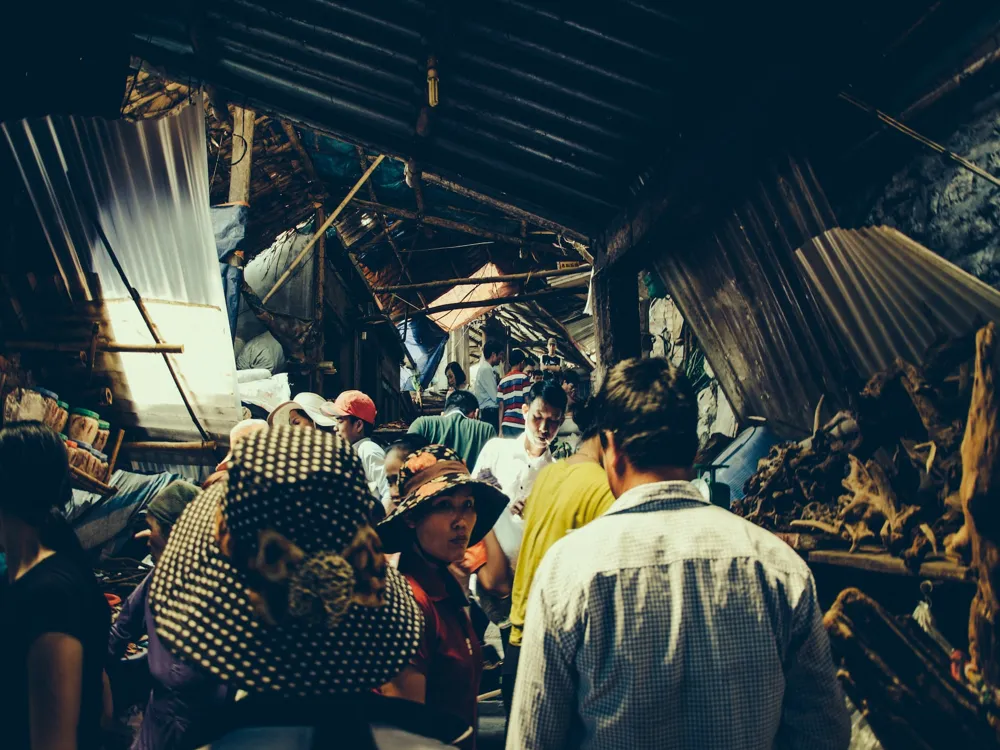Hanoi, the capital city of Vietnam, is a fascinating blend of East and West, combining traditional Sino-Vietnamese motifs with French flair. It's a city where the modern jostles for space with the ancient, with a history that spans over a thousand years. The city's heart is the chaotic Old Quarter, where narrow streets are roughly arranged by trade. Amidst this backdrop, one can find centuries-old architecture and a rich cultural heritage that reflects the influences of both local and foreign forces over the centuries.
This vibrant metropolis can be overwhelming at first glance, with its bustling streets, honking scooters, and street vendors. However, it's also a city of great beauty, with numerous parks, lakes, centuries-old temples, and monuments. Hanoi also serves as a great starting point for excursions to Ha Long Bay, the mountains of Sapa, and other regional attractions. The city's culinary scene is a dynamic mix of traditional Vietnamese cuisine, French-influenced dishes, and modern fusion, offering an endless variety of flavors to explore.
Culturally and historically, Hanoi holds immense significance. It was the political center of Vietnam for over a thousand years and has been the capital of French Indochina and North Vietnam. Its rich history is evident in the many well-preserved colonial buildings, ancient pagodas, and unique museums in the city center. The city is also known for its vibrant arts scene, traditional music, and festivals that showcase the rich tapestry of Vietnamese culture. Despite its rapid modernization, Hanoi retains a sense of timelessness, making it a captivating destination for travelers from around the world.
Hanoi's architecture is a complex layering of various cultural influences, reflecting its historical changes and diverse cultural heritage. The city's architectural landscape is a tapestry of ancient temples, French colonial buildings, Soviet-style constructions, and modern skyscrapers. This mix gives Hanoi a distinct character, different from any other city in Southeast Asia.
The Old Quarter, at the heart of Hanoi, showcases the city's traditional Vietnamese architecture. Narrow streets and alleys are lined with tube houses - tall, narrow buildings that reflect the constraints of a tax system based on street frontage rather than total floor area. These houses often feature beautifully preserved façades, wooden balconies, and intricate tile work. The city's many temples and pagodas, such as the Temple of Literature and Ngoc Son Temple, offer glimpses into Vietnam's spiritual life and feature classic Vietnamese architectural elements like courtyards, ornate gates, and altars.
French colonial influence is evident in the grand boulevards and impressive buildings like the Hanoi Opera House and the St. Joseph's Cathedral. These structures are characterized by their white façades, shuttered windows, and ornate detailing, blending Vietnamese motifs with French design principles. In contrast, the Soviet influence can be seen in the city's monumental government buildings and public spaces, characterized by their massive scale and functional design.
In recent years, Hanoi has seen a surge in contemporary architecture. Modern skyscrapers and commercial complexes have risen, symbolizing Vietnam's rapid economic growth. These new structures coexist with the historical architecture, contributing to the city's dynamic and ever-evolving skyline. Despite this modernization, Hanoi has managed to maintain a balance between preservation and progress, ensuring that its rich architectural heritage continues to be a defining aspect of the city's identity.
The best time to visit Hanoi is during the autumn (September to November) or spring (March and April) when the weather is pleasant with milder temperatures and less rainfall. These seasons offer the perfect climate for exploring the city's outdoor attractions and enjoying its vibrant street life.
Hanoi is famous for its street food, which offers an authentic taste of Vietnamese cuisine. Don't miss the chance to try local specialties like Pho (noodle soup), Banh Mi (Vietnamese sandwich), and Egg Coffee. Street food tours are available and are a great way to sample a variety of dishes.
It's important to be respectful of local customs and traditions. Dress modestly when visiting temples and pagodas. Remove your shoes before entering someone's home or a place of worship. It's also customary to greet people with a smile and a nod, rather than a handshake.
Hanoi's traffic can be chaotic, so it's advisable to use public transportation or ride-hailing apps like Grab. For a more authentic experience, you can rent a bicycle or motorbike, but be prepared for busy roads and somewhat challenging navigation.
While Vietnamese is the local language, English is widely spoken in tourist areas. Learning a few basic Vietnamese phrases can be helpful and is appreciated by locals.
Hanoi is well-connected and accessible from various parts of the world. The Noi Bai International Airport is the main gateway for international travelers, with flights from major cities across Asia, Europe, and America. From the airport, there are several transportation options to the city center, including taxis, buses, and private car services.
For those traveling within Vietnam, Hanoi is a major hub for both train and bus services. The city's train station connects Hanoi with other major destinations like Ho Chi Minh City, Hue, and Da Nang. Additionally, the extensive bus network offers a budget-friendly way to reach Hanoi from other parts of the country.
For a more scenic route, travelers can also opt for a cruise or boat trip along the Red River to reach Hanoi, offering a unique perspective of the Vietnamese countryside and rural life along the riverbanks.
Overview of Hanoi
Architecture of Hanoi
Tips When Visiting Hanoi
Best Time to Visit
Local Cuisine
Cultural Etiquette
Getting Around
Language
How To Reach Hanoi
Keangnam Hanoi Landmark Tower
Hanoi
₹ 15,260 onwards
View hanoi Packages
Also Refered As:
Sky 72 Observatory
Hanoi Travel Packages
View All Packages For Hanoi
Top Hotel Collections for Hanoi

Private Pool

Luxury Hotels

5-Star Hotels

Pet Friendly
Top Hotels Near Hanoi
Other Top Ranking Places In Hanoi
View All Places To Visit In hanoi
View hanoi Packages
Also Refered As:
Sky 72 Observatory
Hanoi Travel Packages
View All Packages For Hanoi
Top Hotel Collections for Hanoi

Private Pool

Luxury Hotels

5-Star Hotels

Pet Friendly







